Industrial Tribeca building transformed by eco-friendly latticework
New York-based firm Archi-Tectonics and their principle, Winka Dubbeldam, add lightness, space and flexibility to an old industrial Tribeca structure with an ingenious, latticed trellis layer that transforms the composition into a family home
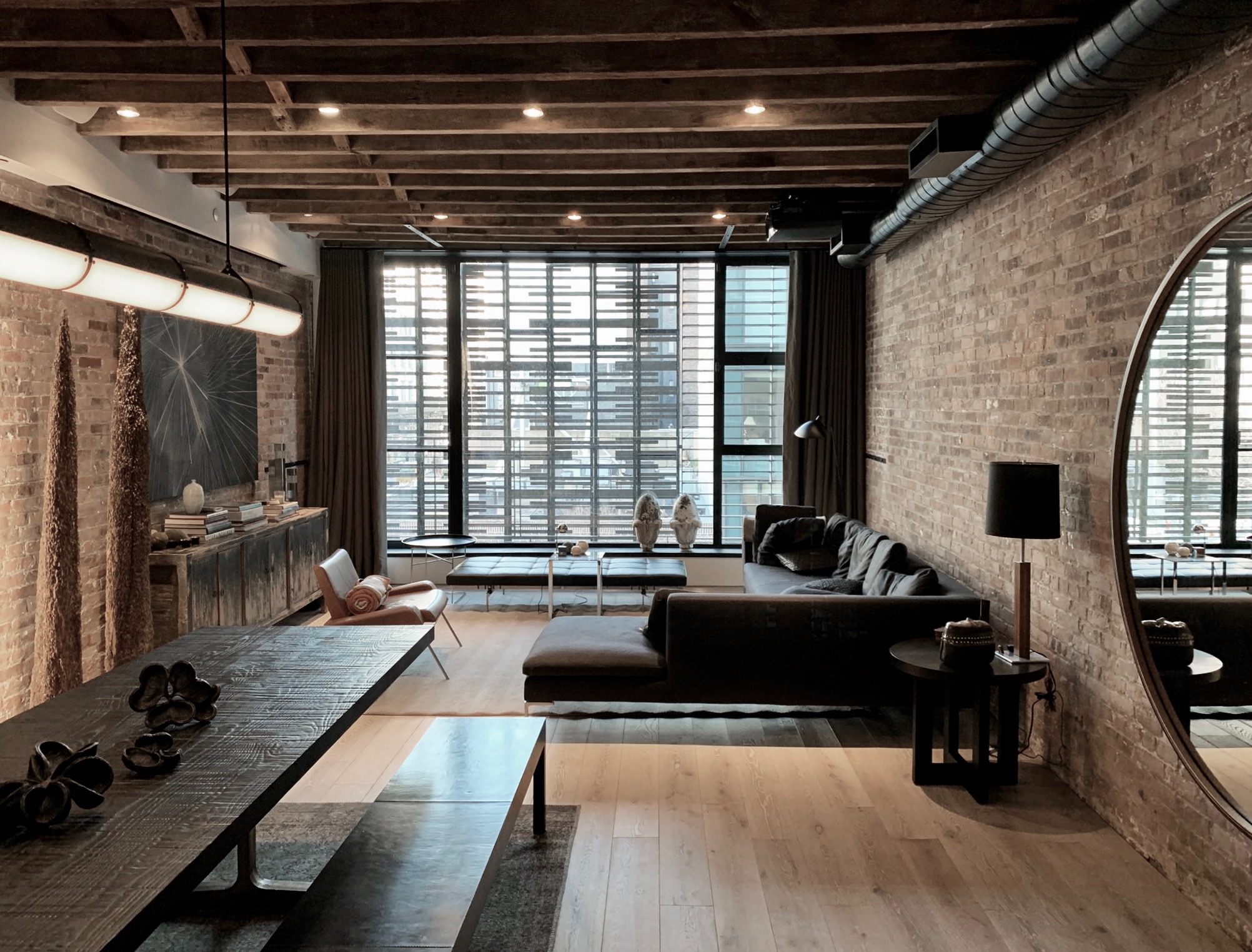
It may be hard to believe it, but even in this anxious, socially distanced time, our cities continue to densify – in many cases growing like Tetris blocks, one structure on top of the next. This can result in clunky, inefficient, and disconnected constructions – but New York architects Archi-Tectonics had a better idea for their latest residential project. They merged a narrow and shallow (about 20 ft wide by 40 ft deep) turn-of-the-century industrial building in Tribeca with a new, four-storey addition, via a third structure: a latticed trellis of steel framing and Trespa panels that firm founder Winka Dubbeldam calls a ‘climate skin'.
This outer layer, composed of vibrantly shifting patterns and densities, folds open like fingers unclenching (or as Dubbeldam puts it, a bird’s wings unfolding). This lets the owners – Oliver Hicks, founder of production agency North Six Group and his family – fine-tune heating, cooling, natural light, and ventilation naturally. ‘I open and close it more than I thought I would,' notes Hicks. ‘It’s adaptable to different situations, times, and seasons.'
‘I wanted the façade to transform when it opened,' adds Dubbeldam. The trellis, which Dubbeldam also likes to call ‘the third building', wraps up and around the top of the home, carving out a shaded top floor roof garden and even protecting a large skylight to the rear. It also provides privacy or connection to the street, spontaneous variety, and outdoor space on nearly every floor, via converted fire escapes and new enclosed balconies.

Diverse levels play together like, well, Tetris pieces. Upper stories, set in slightly from the original building, interlock floors via ceiling pop-ups and tall windows. The steel, glass-fronted rear stair, which threads the project together, creates peeks between lower levels, while also pouring light into what could have been the darkest part of the building via a large skylight and a glazed elevator shaft.
Unique, flexible spaces in the home’s historic lower half celebrate exposed brick walls and wood beams, while in the addition, they highlight lightness and luminosity. Each type of space gets its own floor, including a basement playroom, a serene kitchen/family room, a chic, eclectic living/dining room, light-filled bedrooms, guestroom, and study, and the greenery-filled rooftop deck. Throughout the pandemic, says Hicks, this spatial diversity has been a godsend, lending the couple and their twin four year olds new options and perspectives.
‘You can get on with your everyday life in your own world,' notes Hicks, describing a scenario that’s especially precious in space-starved Manhattan. ‘There’s enough room, and enough variety, for everyone to do their own thing.'



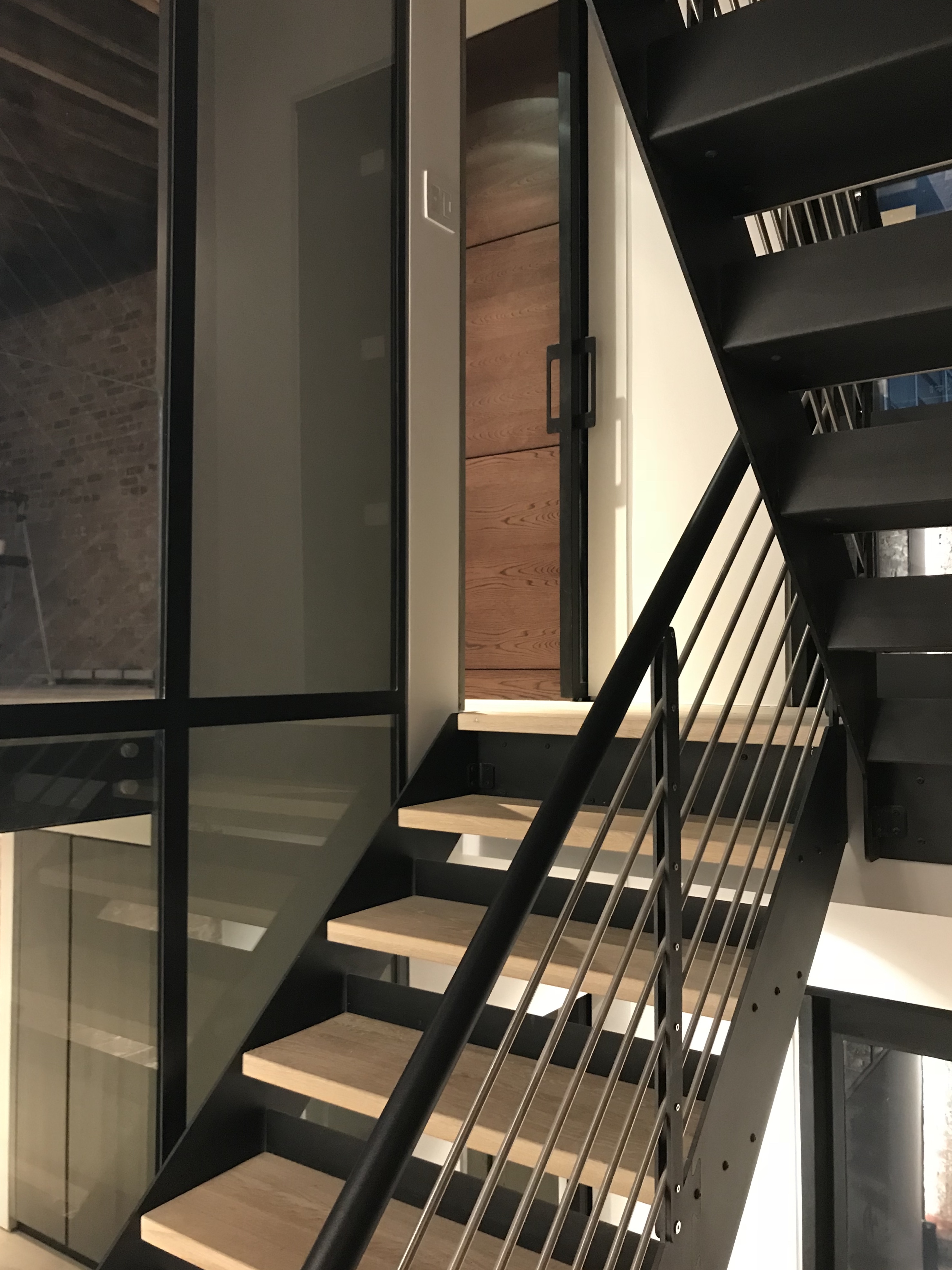
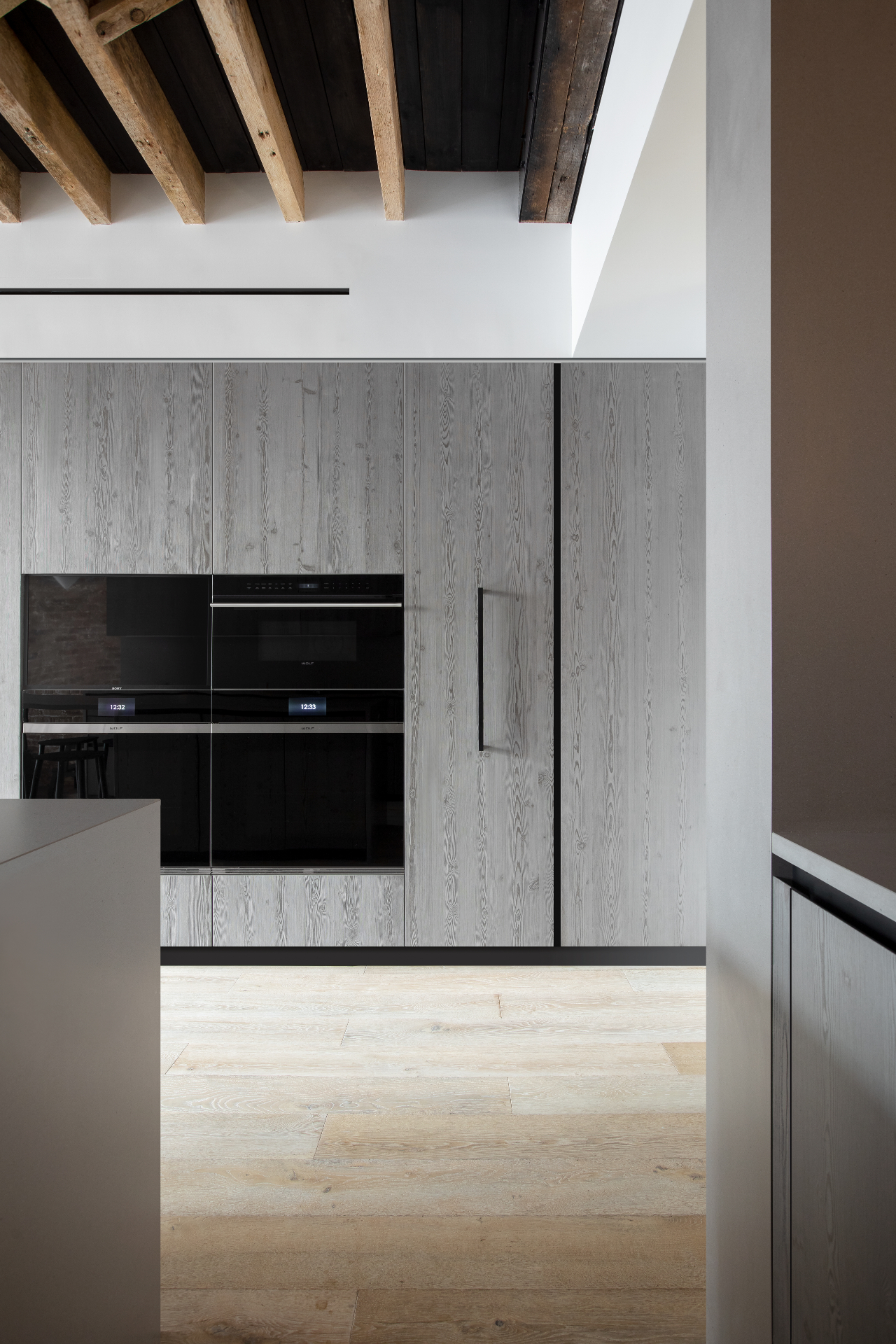
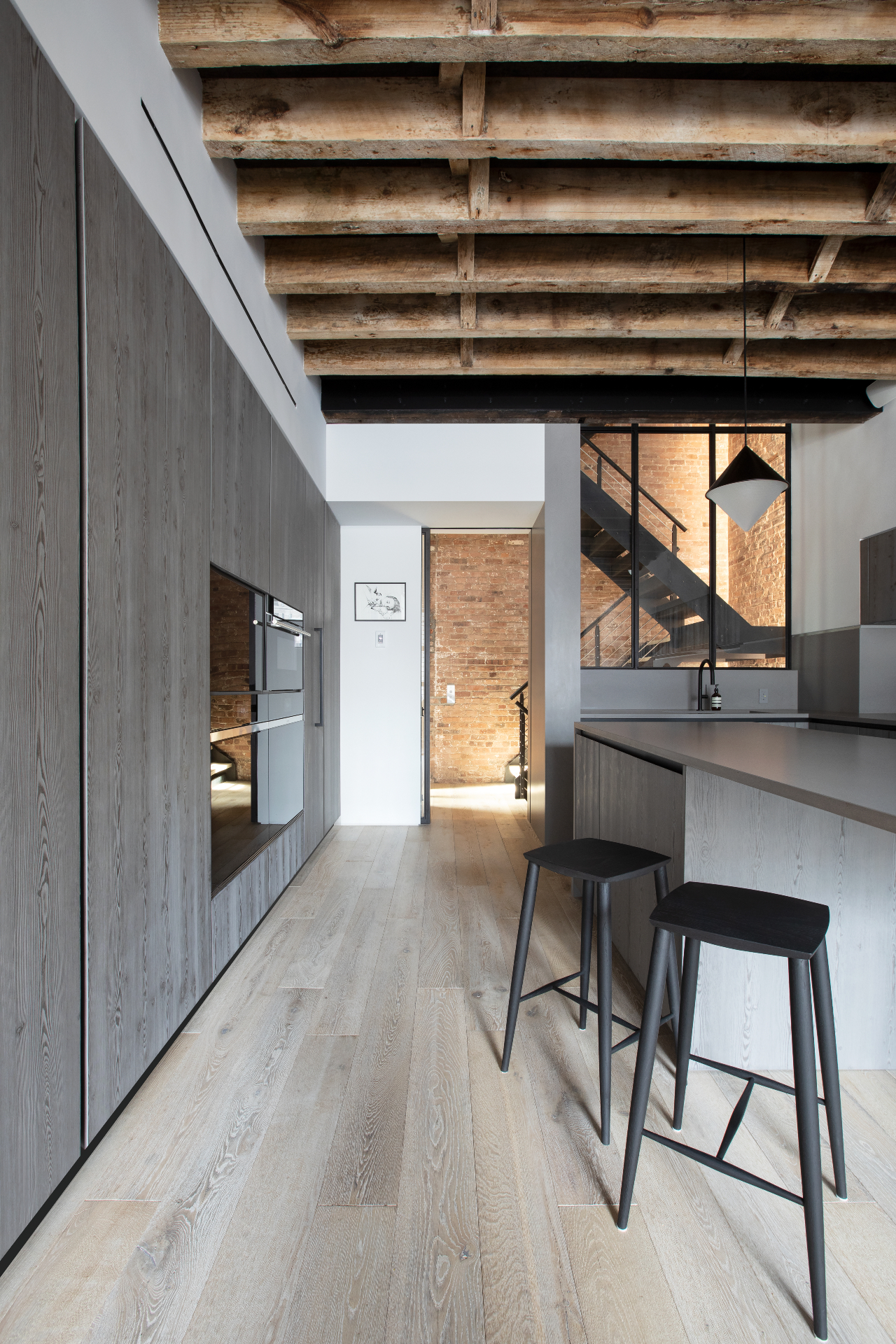
INFORMATION
Receive our daily digest of inspiration, escapism and design stories from around the world direct to your inbox.
-
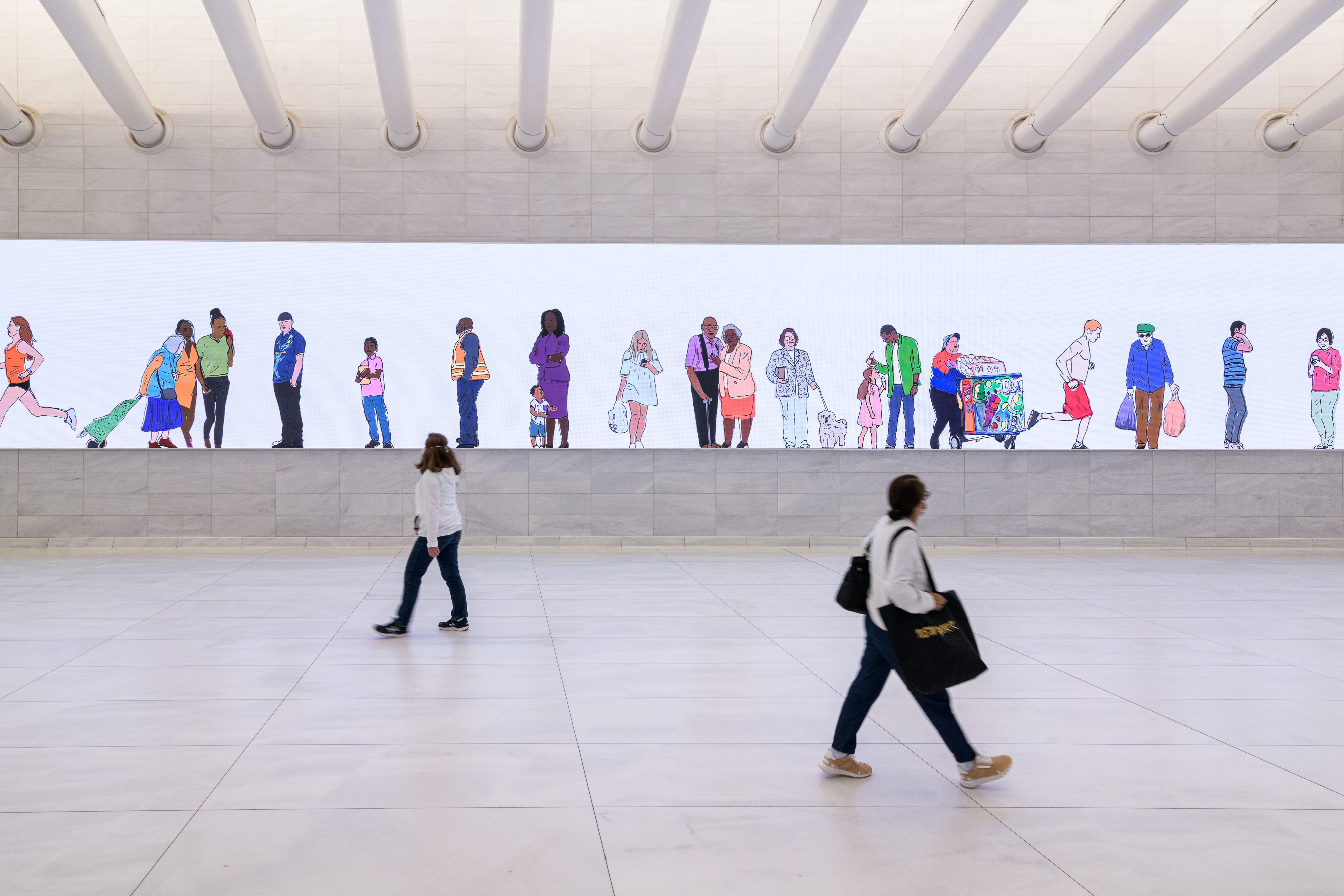 'Design at its most ambitious': meet the 2025 Royal Designers for Industry
'Design at its most ambitious': meet the 2025 Royal Designers for IndustryThe Royal Society for Arts announces the five new Royal Designers for Industry as well as two Honorary Royal Designers for Industry
-
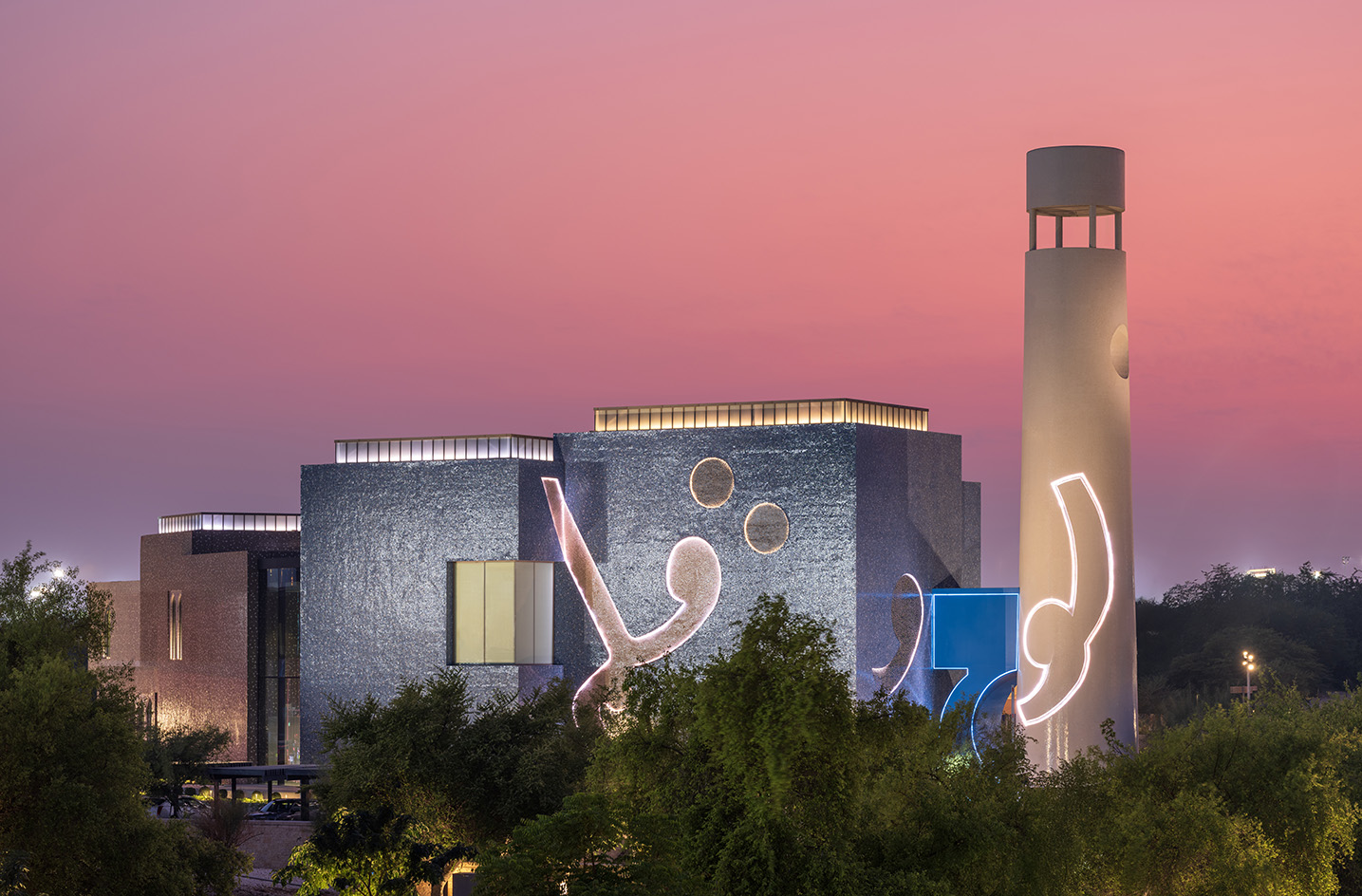 A new art museum brings colour, quirk and a celebration of creativity to Doha
A new art museum brings colour, quirk and a celebration of creativity to DohaLawh Wa Qalam: M. F. Husain Museum is awash with colour and character, courtesy of Indian architect Martand Khosla and the Qatar Foundation
-
 Out of office: The Wallpaper* editors’ picks of the week
Out of office: The Wallpaper* editors’ picks of the weekThis week, the Wallpaper* team had its finger on the pulse of architecture, interiors and fashion – while also scooping the latest on the Radiohead reunion and London’s buzziest pizza
-
 The Stahl House – an icon of mid-century modernism – is for sale in Los Angeles
The Stahl House – an icon of mid-century modernism – is for sale in Los AngelesAfter 65 years in the hands of the same family, the home, also known as Case Study House #22, has been listed for $25 million
-
 Houston's Ismaili Centre is the most dazzling new building in America. Here's a look inside
Houston's Ismaili Centre is the most dazzling new building in America. Here's a look insideLondon-based architect Farshid Moussavi designed a new building open to all – and in the process, has created a gleaming new monument
-
 Frank Lloyd Wright’s Fountainhead will be opened to the public for the first time
Frank Lloyd Wright’s Fountainhead will be opened to the public for the first timeThe home, a defining example of the architect’s vision for American design, has been acquired by the Mississippi Museum of Art, which will open it to the public, giving visitors the chance to experience Frank Lloyd Wright’s genius firsthand
-
 Clad in terracotta, these new Williamsburg homes blend loft living and an organic feel
Clad in terracotta, these new Williamsburg homes blend loft living and an organic feelThe Williamsburg homes inside 103 Grand Street, designed by Brooklyn-based architects Of Possible, bring together elegant interiors and dramatic outdoor space in a slick, stacked volume
-
 This ethereal Miami residence sprouted out of a wild, jungle-like garden
This ethereal Miami residence sprouted out of a wild, jungle-like gardenA Miami couple tapped local firm Brillhart Architecture to design them a house that merged Florida vernacular, Paul Rudolph and 'too many plants to count’
-
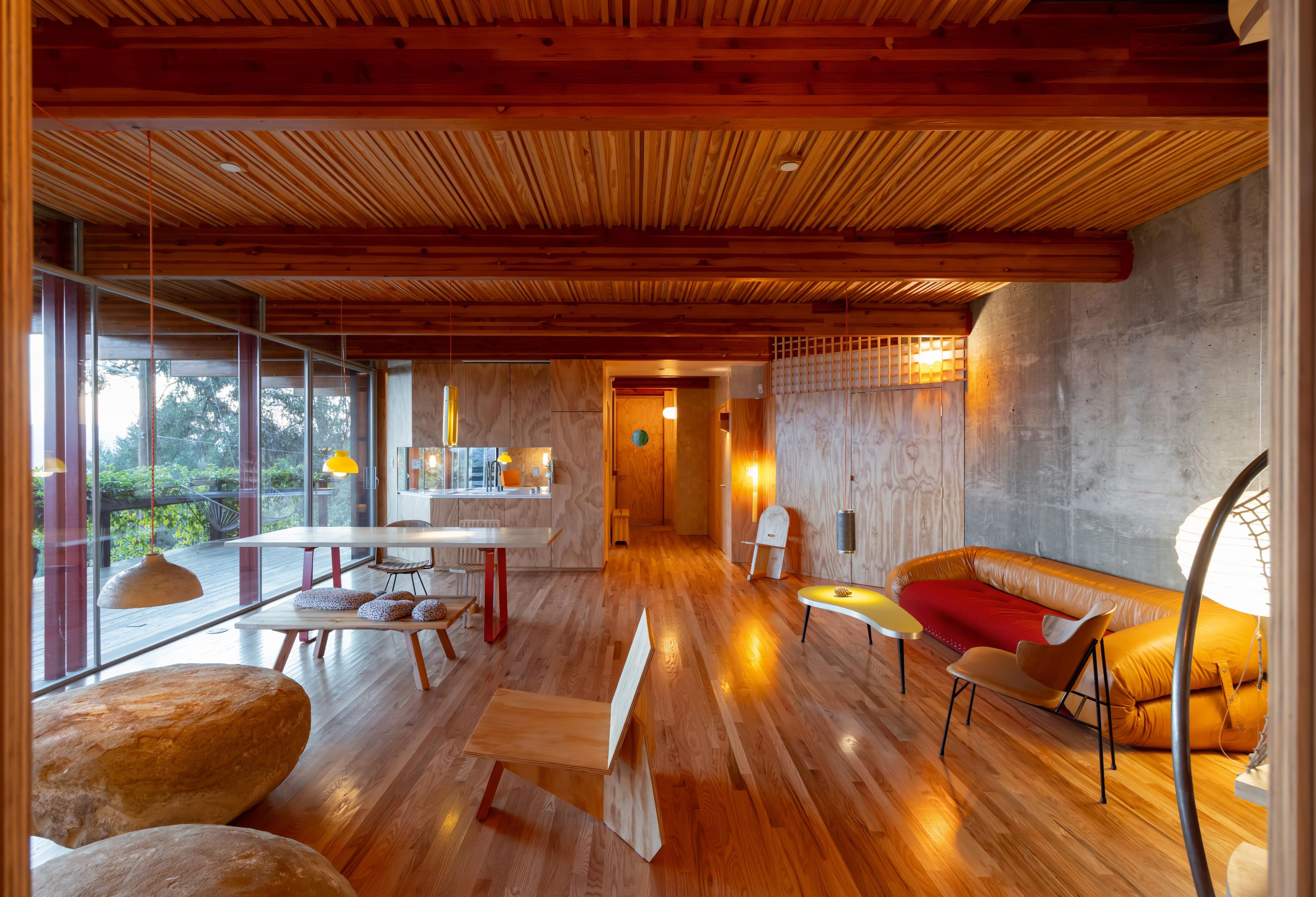 Tour Cano House, a Los Angeles home like no other, full of colour and quirk
Tour Cano House, a Los Angeles home like no other, full of colour and quirkCano House is a case study for tranquil city living, cantilevering cleverly over a steep site in LA’s Mount Washington and fusing California modernism with contemporary flair
-
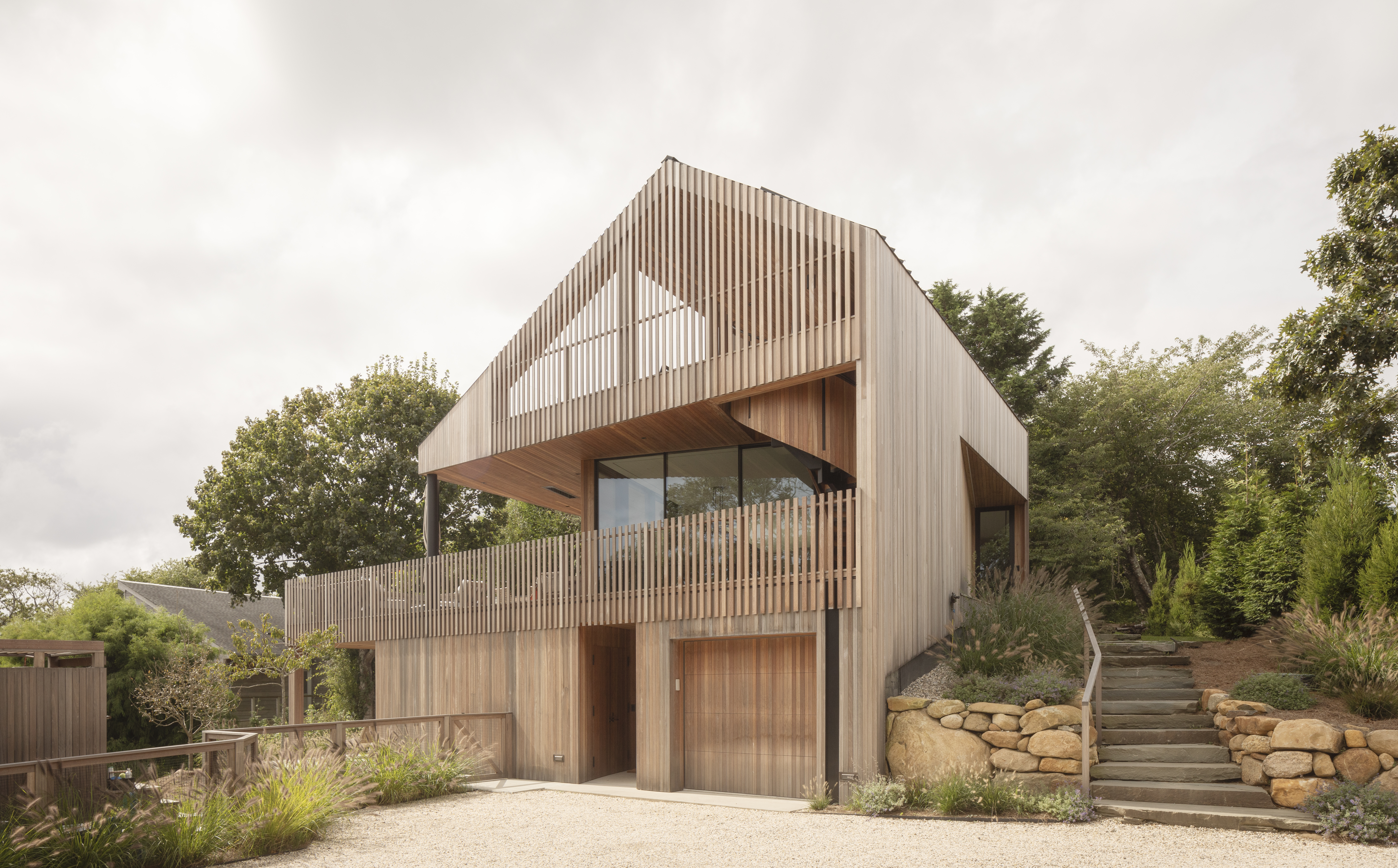 An ocean-facing Montauk house is 'a coming-of-age, a celebration, a lair'
An ocean-facing Montauk house is 'a coming-of-age, a celebration, a lair'A Montauk house on Hither Hills, designed by Hampton architects Oza Sabbeth, is wrapped in timber and connects its residents with the ocean
-
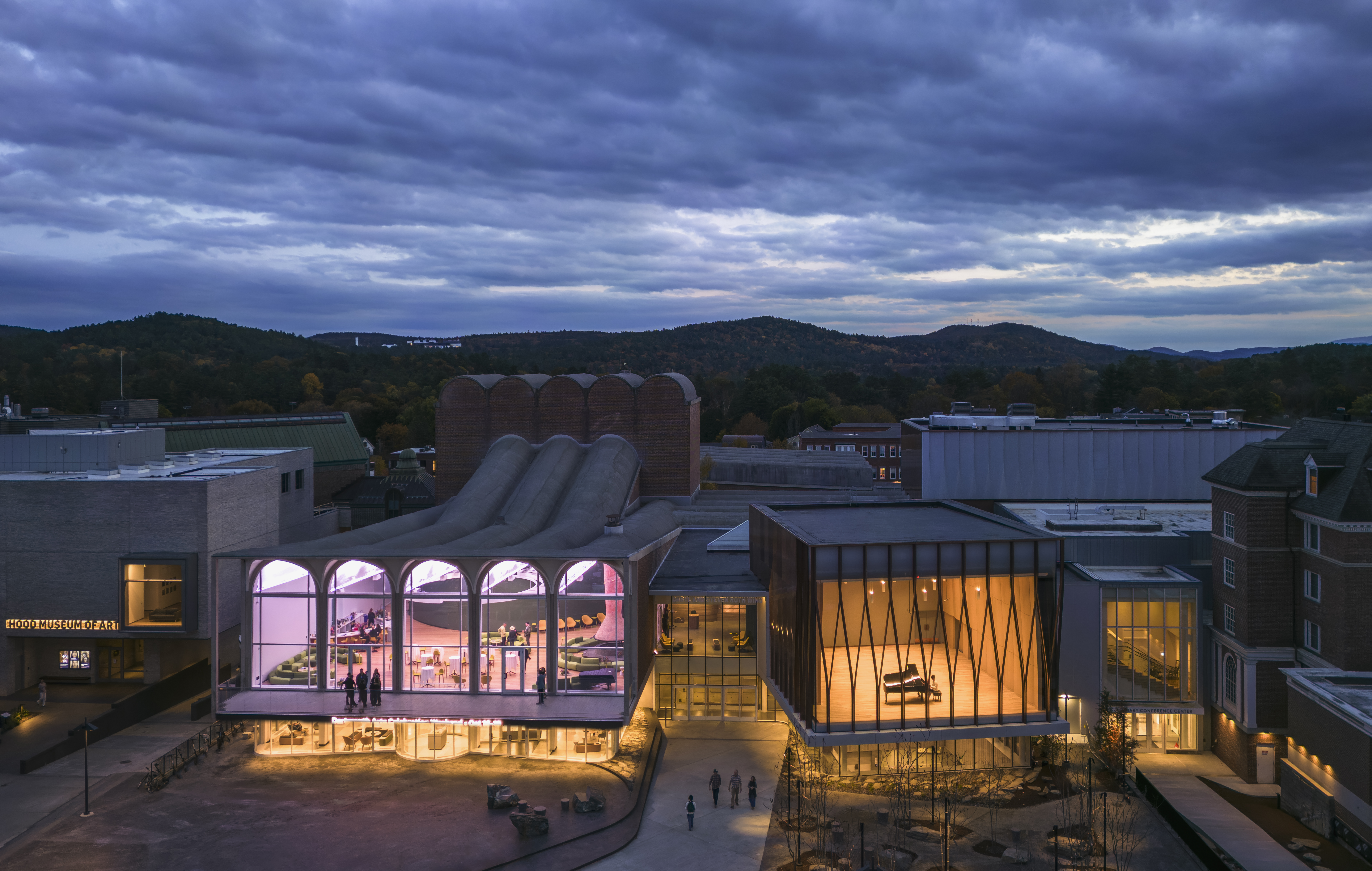 With a freshly expanded arts centre at Dartmouth College, Snøhetta brings levity to the Ivy League
With a freshly expanded arts centre at Dartmouth College, Snøhetta brings levity to the Ivy LeagueThe revamped Hopkins Center for the Arts – a prototype for the Met Opera house in New York –has unveiled its gleaming new update